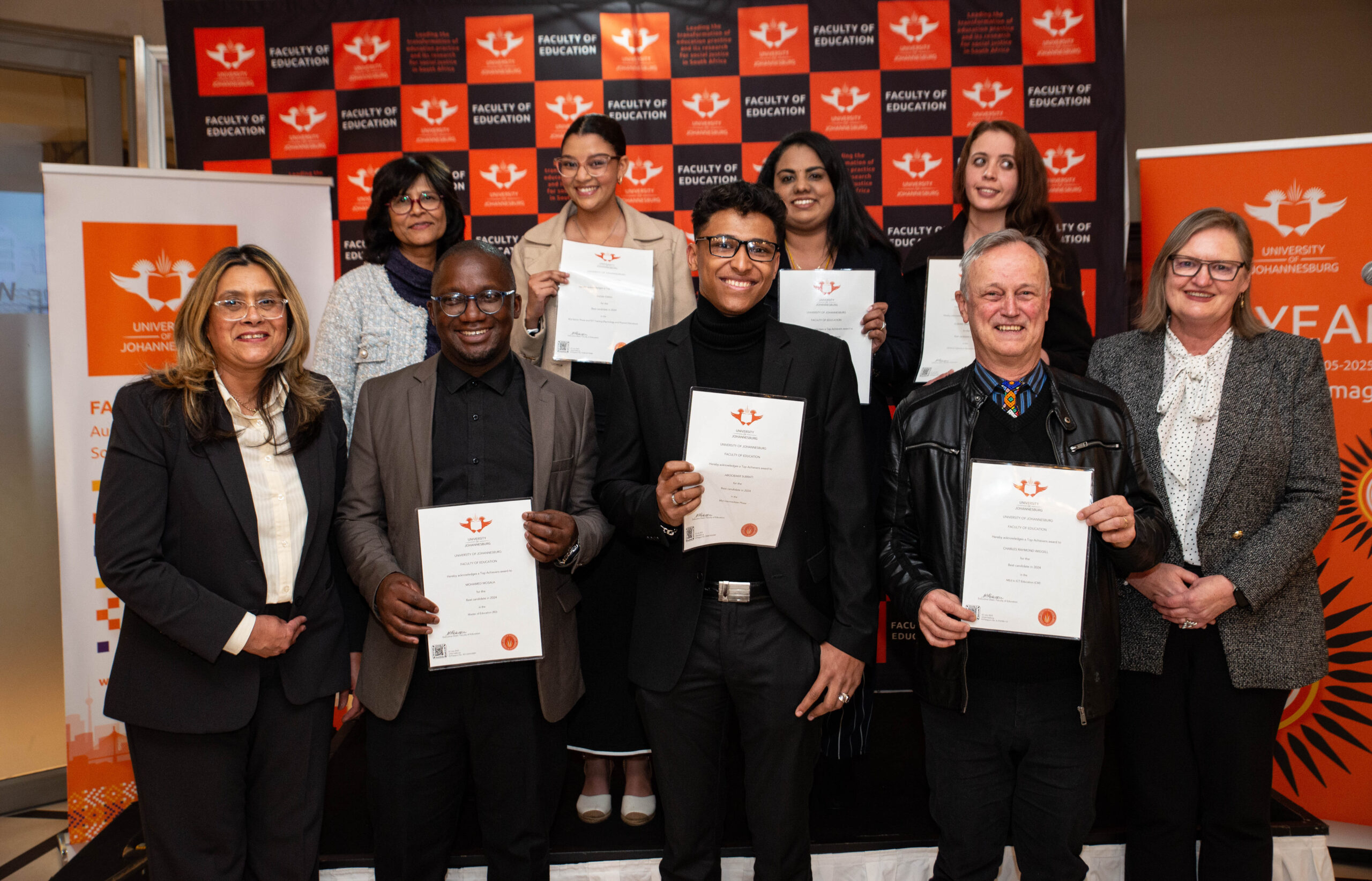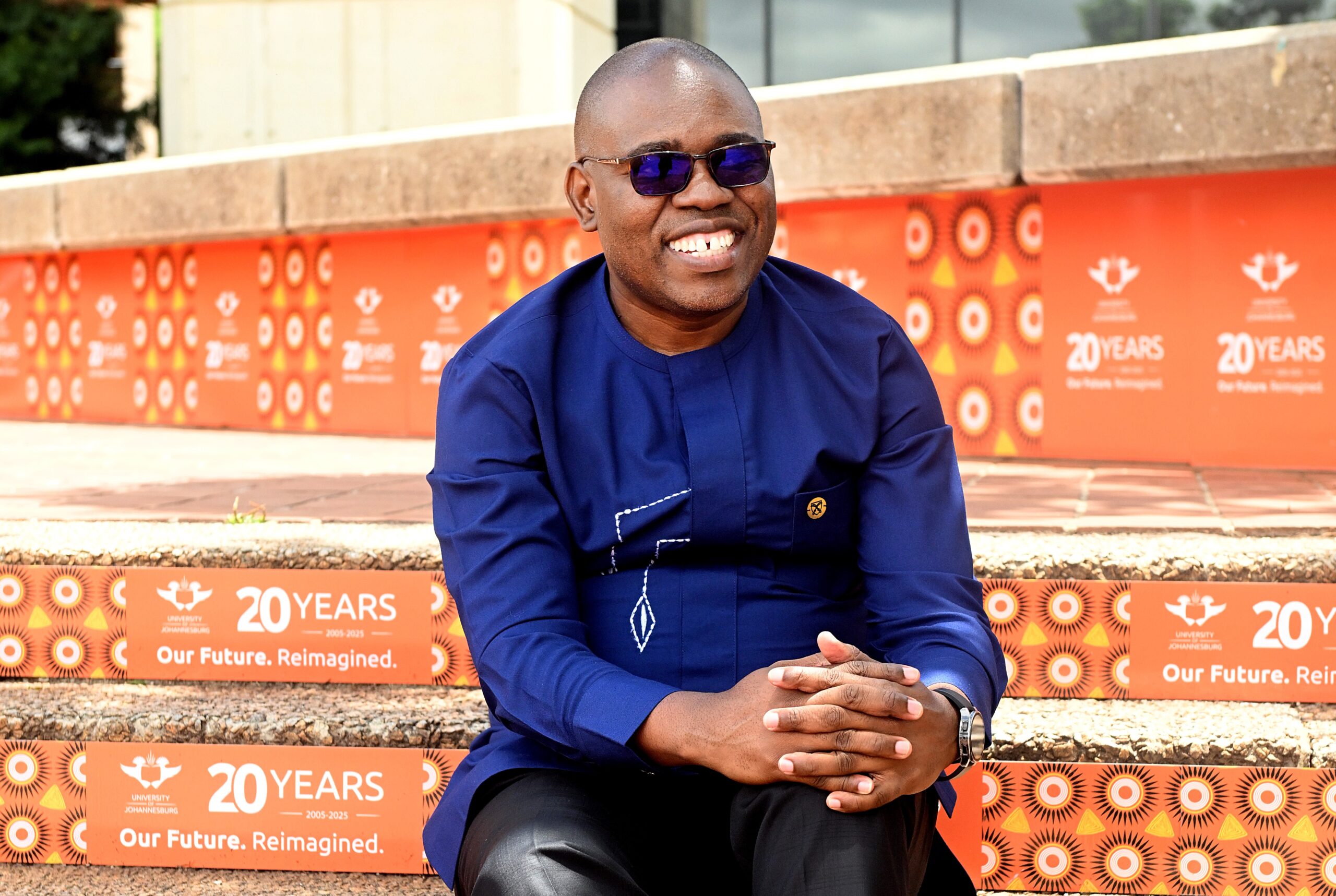Prof Saurabh Sinha is the Deputy Vice-Chancellor: Research & Internationalisation at the University of Johannesburg (UJ). This article was first published in the South African Institute of Electrical Engineers (SAIEE) Wattnow magazine in January 2019.
The UJ-NanjingTech CI initiated three (3) years ago and had already made significant strides in fostering collaboration between South Africa and China. For the research and productive partnership, understanding of the cultural context is helpful – beyond communication, to the cooperation, also for an ecosystem that is solution seeking, is innovative and humanity-serving. Resulting from this understanding is also the quest for developing collaborations and defining boundaries that enable for a mutually beneficial long-term relationship.
So what does a “digital” institute mean and what are the implications for such an institute in the era of the Fourth Industrial Revolution? International collaboration has traditionally taken the approach of many interactions through in-person visits; technology, through e-mail, has improved our ability for communication, later through Skype or “Hangouts” and now in an instantaneous way – through WeChat, WhatsApp, and other “instant messengers.” In this case, the first aspect of Industry 4.0 is to communicate textually in one’s language, understanding that technology is still improving, and using online human language translation. WeChat provides for translation “at a click.” Gmail and other mail browsers provides a language translation plug-in. The translation feature can be configured for seamless communication.
At times communication, through email, occurs briefly, such “efficiency” and textual limitation of emotion, creates miscommunication. The instant messenger services of WeChat and WhatsApp allows for voice communication. In future, the voice-to-text and thus translation or archival capability will improve. In the “infancy” state, of what is to come, UJ is already exploring voice recognition tools for voice-to-text conversion. For example, https://www.speechtexter.com/ – also available as a mobile app.
The second aspect of integrated voice recognition and translation technology is upcoming. The tools are supported by databases with a large number of different accents and thus catering for accents will further develop. Our preliminary exploration with Speechtexter is already quite promising.
At present, the CI teaches Mandarin and as an essential component of understanding Chinese culture. However, it appears that traditional teaching can be blended with digital tools. Of course, when one uses digital translation tools, one is often contributing their voice and “voice print”, and the database continues to build through the “super-computing” cloud. Often the voice is “taken” without knowledge of the user, and this has ethical implications.
However, when I recently called the Nedbank Credit Card division, the indication was that the “voice print” will be taken for future security. This is an interesting authentication concept, and this is the third aspect relating to the digital CI. The aspect of “voice print” means that if the CI is conducting an oral language examination, with a machine as an evaluator, the device will be able to authenticate the user, then the user would access the assessment, and afterwards receive opportunities to improve – or providing the grading/certificate.
In between the “teaching” and “assessment,” the learning platform used supports the learner in their academic journey. Learning management systems can utilise individual data to provide customised support – for instance, the learner will be appropriately advised if they scroll too fast through online study material! Aggregate data is analysed and provided to the module facilitator allowing for group support; there is provision for peer-to-peer discussion and social media variety. Of course, the databases continue to build for module improvements and the next offering. UJ is also utilising “Blackboard Predict,” which is an “early warning system” such that the learner can be timeously supported. The aspect of customised support for the individual or a group, and thus improving module engagement, is the fourth aspect.
The fifth aspect of digital CI is digital recognition. As of September 2018, UJ provides digital certificates. Graduates can access their digital certificates, and the same will be applicable for students as they complete their CI assessment, with a machine or otherwise, and the certificate will be provided electronically. In future, a social media badge will also be presented.
The association of the badge, together with the individual’s experience, will most likely convert to some form of digital “recommendation” (just as we find “user ratings” for accommodation and other objects!) LinkedIn already provides for this. This provides another complication for the traditional university – as the compilation of skills, of experience, of qualification, and this digital recommendation “rating” could evolve into another “seal” for employability. Perhaps this becomes an alternative to “recognition of prior learning (RPL).” I will share a secret when I get new applications for a job – I review the submissions – this is necessary, brings about process consistency.
However, I do also look at LinkedIn profiles. If an applicant has a favourable skill score, and if the skill relates to the job at hand, I feel good about that (look, I have to use this information in a way that it does not bias me!) For documents, we already have something called a “digital object identifier” (DOI) – are we moving towards a global digital ID? Such an ID would then relate to various parameters, such as skills, individual health, energy consumption, emotional intelligence, technology versatility, agility, etc.
Aside from the artificial intelligence supported collaboration, another important aspect is of accessing areas, through virtual domains or simulations – using virtual and augmented reality devices. The visual ability to “walk in” another laboratory or in a country (even another planet!) virtually is also of interest. Such an environment would benefit from the translation technologies, textually and otherwise, and in a way to facilitate interactions. The idea here is not necessarily to “replace” real-life views or visits but to augment the realities in a way that learning experience can be enhanced. The various provisions of a digital institute also have a favourable implication for inclusivity –more users can be accommodated in different ways. For differently-abled persons, there is an added accessibility level. Without a doubt, there is the collaborative benefit of the “digital” infrastructure as it brings us closer to one another – at the same time, there is also a fear.
In all of this – text, voice, visual, virtual and otherwise – intelligent algorithms harvest data, the data sets build, and ultimately the infused utilisation of this – for good or bad will eventually dictate humanity’s progress.
• The views expressed in this article are that of the author/s and do not necessarily reflect that of the University of Johannesburg.
As the University of Johannesburg (UJ) contextualises its Global Excellence and Stature strategy for the Fourth Industrial Revolution (Industry 4.0), I was invited to deliver a talk on the construction of a “digital” Confucius Institute (CI). The discussion was prepared for the Presidents’ Forum, 13th Global CI Conference, Chengdu, China.



